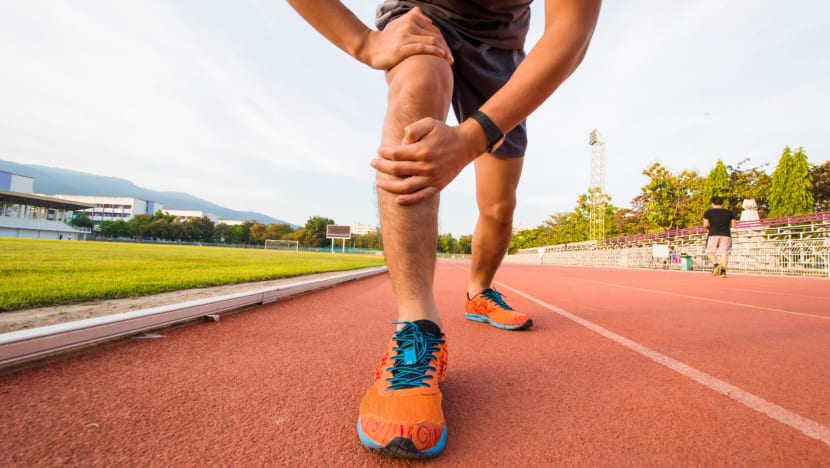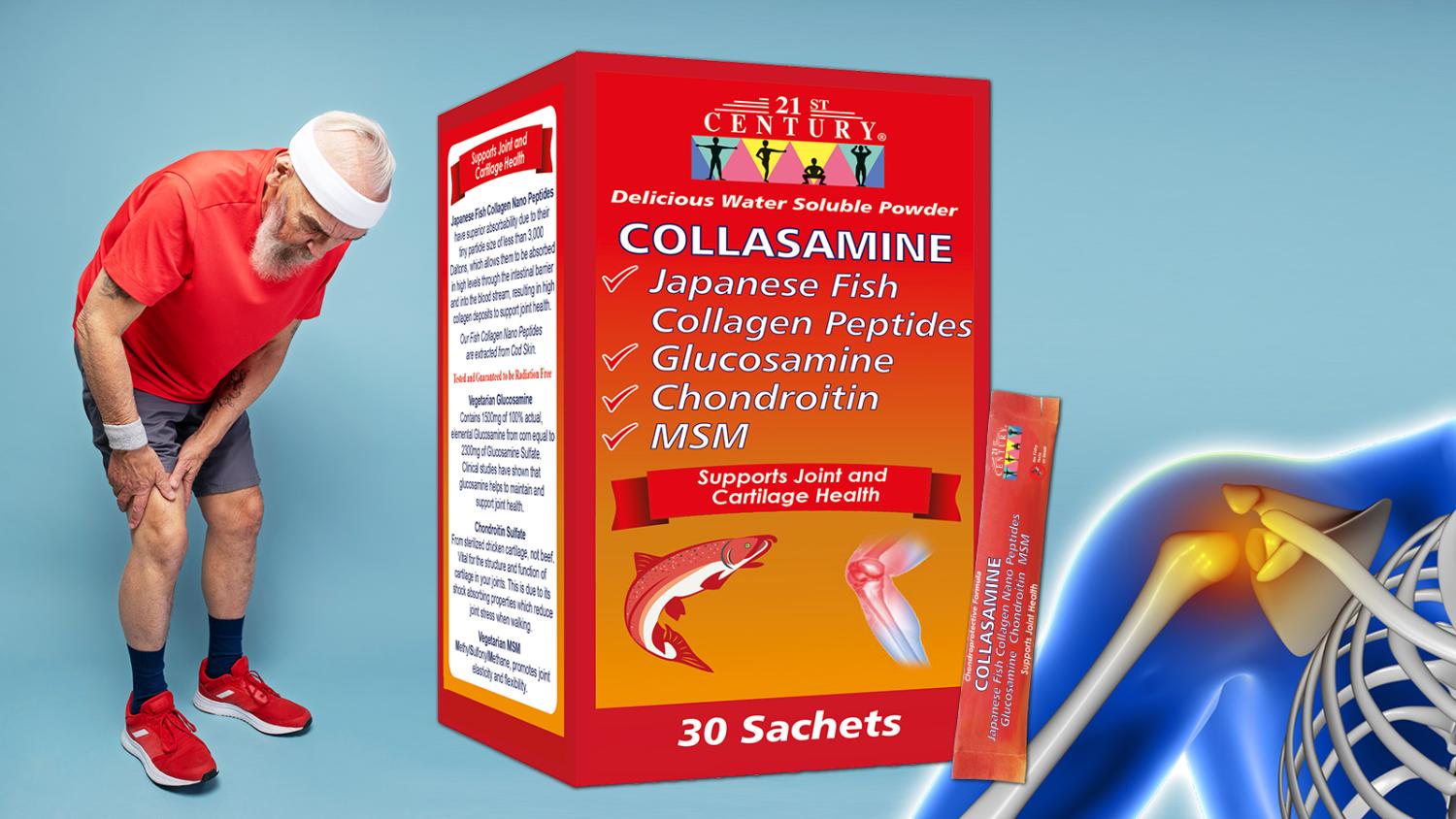Optimise your joint health
Often unseen and unpredictable, joint pain can manifest even in healthy individuals both young and old.

By understanding the underlying reasons for joint pain, you can incorporate the right lifestyle choices to promote joint health. Photos: Shutterstock, 21st Century Healthcare
When people think about health, they often concentrate on visible factors like muscles and fat. However, paying attention to other factors like your skeletal and joint health is just as important as hitting the gym or maintaining a balanced diet.
A popular misconception is that joint pain only occurs in the elderly. In reality, even people in their thirties may have joint pain due to surprisingly common factors like excessive running, which can cause cartilage to wear down over time.
How do you know if your joint health is at risk, and how can you approach loving your joints in order to live life to the fullest?
UNDERSTANDING THE UNSEEN
An underlying reason for joint pain is indeed related to age. As one ages, joints become stiffer as the lubricating fluids within decrease and cartilage becomes thinner. Ligaments also tend to shorten with age, which reduces flexibility.
Cartilage damage can also happen in young people, especially those who exercise too much. This is particularly true of high-impact, weight-bearing activities such as running, jogging and jumping.
That said, a lack of exercise can lead to joint pain as well. This is because excess weight can put stress on joints and cause knee pain, while being inactive can cause muscles, ligaments and joints to weaken. Low-impact exercise such as swimming, walking, cycling, yoga and pilates can help to keep your joints lubricated.
Common conditions like arthritis and gout can have a major impact on joint health. Arthritis is the swelling and tenderness of one or more joints, while gout is a form of arthritis resulting from hyperuricemia – a condition where excessive uric acid builds up in areas such as the knees and toes.
LOVE YOUR BONES AND JOINTS
Your joints are just as important to your well-being as every other part of your body – so care for them and seek medical attention as appropriate. If left unchecked, long-term joint pain can affect your ability to do everyday tasks. Fatigue is also a common outcome.
Little tweaks can go a long way towards the prevention and management of joint pain. You can start by using discretion during physical activity, such as stretching before exercise and avoiding overloading joints with heavy weights.
Other small adjustments range from building muscle progressively and evenly to maintaining good posture, whether it’s while walking or sitting at your desk.
MASTER NUTRITION TO MASTER YOUR LIFESTYLE

When it comes to bone and joint health, the adage that you are what you eat is doubly true. For example, fatty fish like salmon can be a good source of Omega-3 fatty acids, which help keep joints healthy. Consuming dairy products can raise your calcium intake while leafy greens help to promote Vitamin D levels – both of which are vital nutrients that keep your bones strong.
To boost your intake of essential vitamins and minerals, consider dietary supplements. Containing glucosamine, MSM (methylsulfonylmethane), chondroitin and fish collagen peptides from Japan, 21st Century Healthcare’s Collasamine supplement is formulated to support and maintain healthy joints, give relief to joint discomfort and help in cartilage renewal. Available in convenient sachets, Collasamine can be easily incorporated into daily diets as a drink before or after a meal.
21st Century Healthcare’s products are made in the United States and are approved by the country’s Food & Drug Administration board after annual inspections and audits to assure consumers of high manufacturing standards and quality in its products.
Take a holistic approach to self-care with health and dietary supplements from 21st Century Healthcare.
Consult a healthcare professional before starting a new vitamin or supplement routine.















